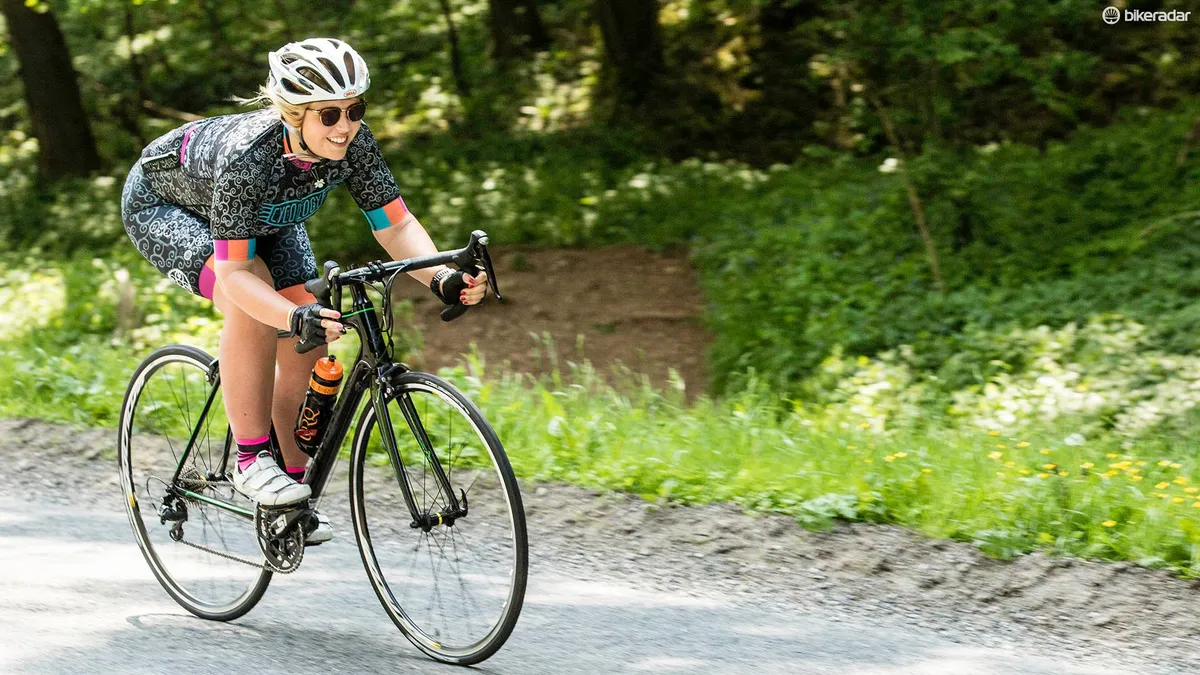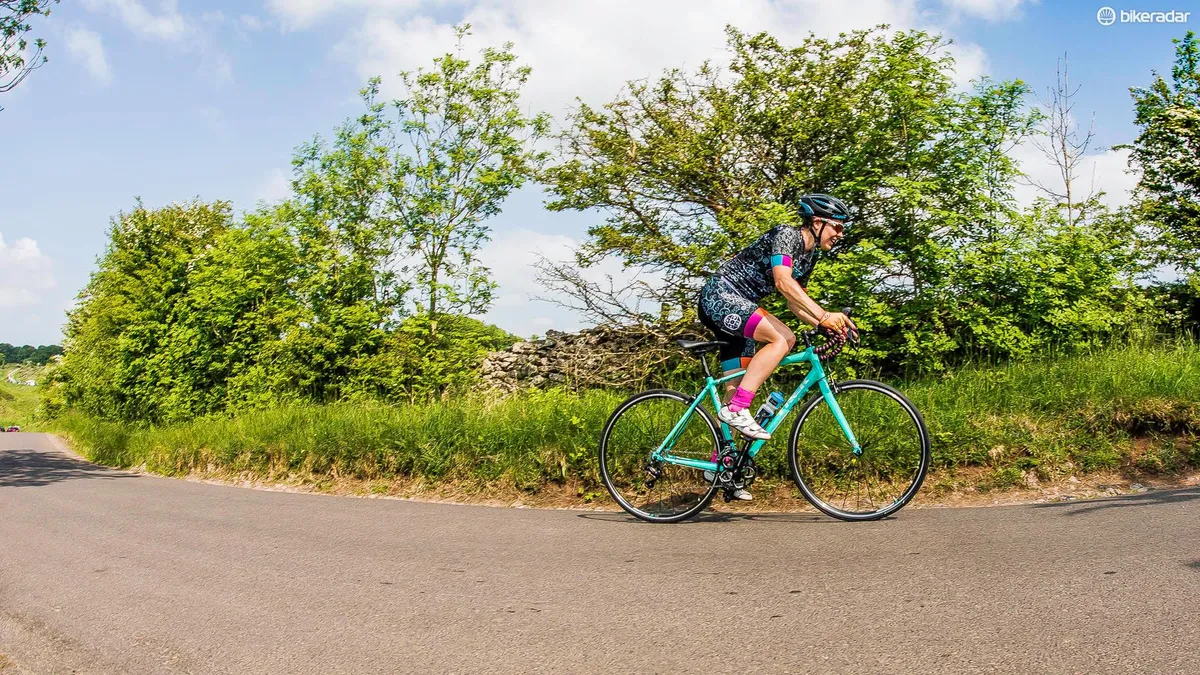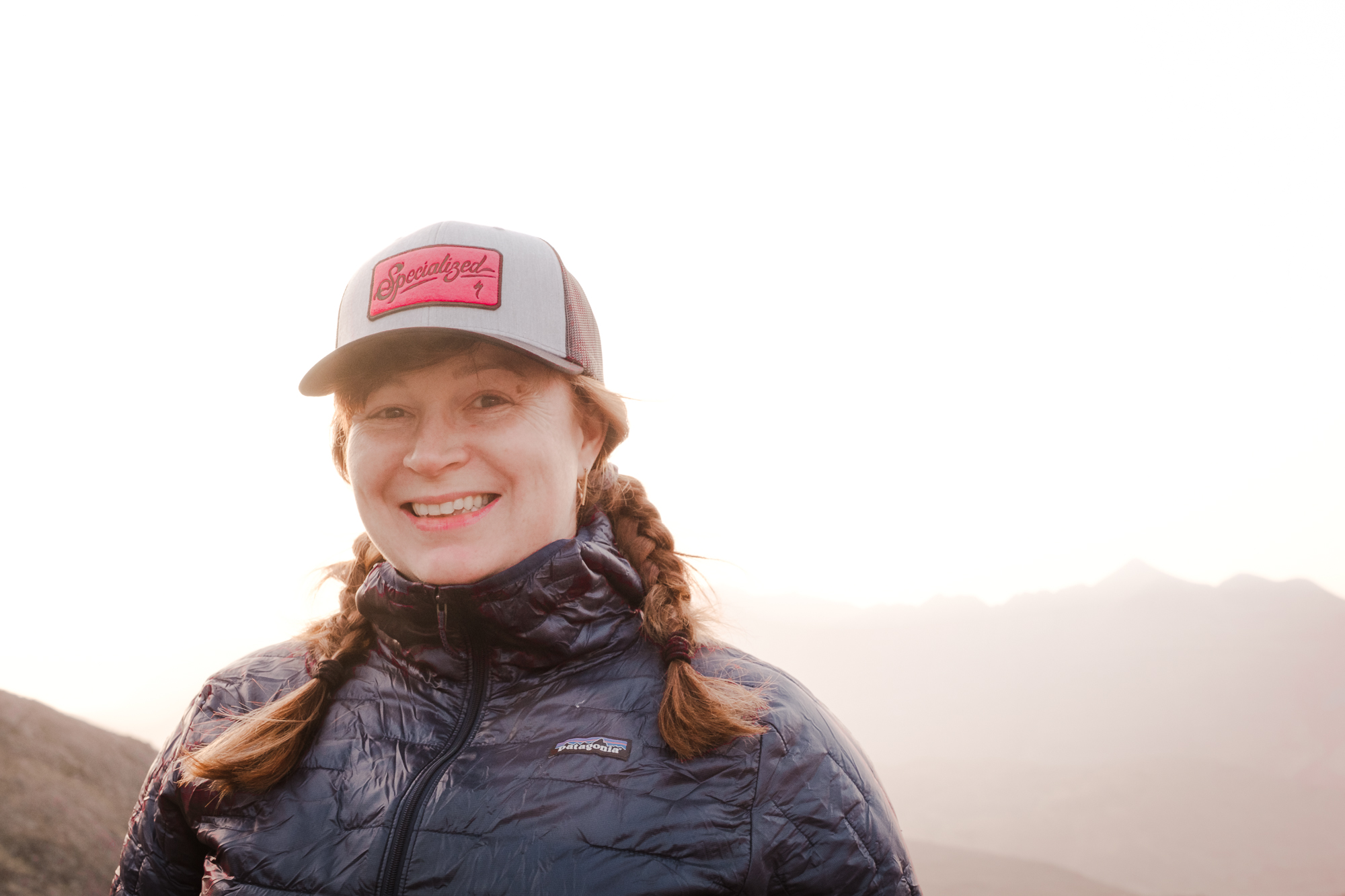Cycling outside in the sunshine is one of the greatest pleasures in life, but prolonged exposure can cause premature ageing of the skin, sunburn, or in the worst case, skin cancer.
- How to avoid sunburn
- The essential guide to shaving your legs
- Should I wear underwear under padded shorts for cycling?
In June 2013, cycling TV commentator and former professional road racer Todd Gogulski went to his doctor about a small growth he’d noticed just below his left eye, “It changed a little from time-to-time,” he told BikeRadar. “Sometimes it looked like a blister or a bump, and it was very small, maybe half the size of a grain of rice.”
Referred to a dermatologist, a biopsy confirmed that it was early basal cell cancer.
Many people think sunscreen is bulletproof, but it should only be used as the last line of defence on the places you can’t cover with clothes
Gogulski is convinced that the hundreds of cumulative hours spent in the saddle and outside played a part.
“I would suspect it is due to a lifetime of sun exposure, the vast majority of which I was exposed to through cycling as it was my career for 10 years, and continuing on since retirement.”
Benefit vs risk
Cycling is, without a doubt, predominantly a very healthy pastime. There are numerous health benefits, and regular exercise has been shown time and time again to reduce the risk of various types of cancer such as breast and bowel.
However, prolonged exposure to the sun increases the risk of developing skin cancer, particularly if you ride when the sun is strongest or in hotter climates.
Most cyclists will spend hours at a time outdoors, which means many cumulative hours of exposure. Add to that the fact that sweat can wash away sunscreen, the risk of sunburn is high.
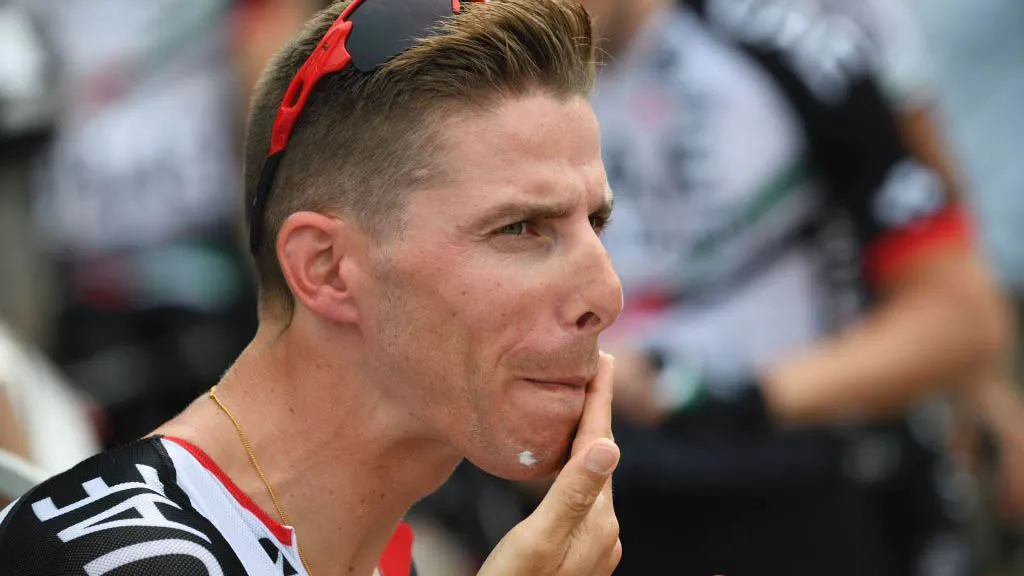
5 things you can do to reduce the risk of skin cancer
Of course, none of this should mean you don’t go out and ride, it’s just a case of managing the risk.
Dr Jasmine Just, health information officer at Cancer Research UK, shares five key things you need to do to ensure you are protected when out riding.
1. Don’t ride when the sun is strongest, and seek shade
“During British summer time, the sun’s UV rays are strongest between 11am and 3pm so, where possible, think about going for a ride before 11am or after 3pm, when the sun isn’t as strong,” comments Dr Just. “And when stopping for breaks, remember to seek out some cool shade to avoid too much sun.”
Similar advice is applicable in other parts of the world: if you can, avoid riding during the middle of the day.
Don’t disregard protection if you have darker skin, because all skin types are vulnerable
2. Cover up
“It’s unlikely you’ll be able to stick to the shade all the time when you’re out riding, so using clothing to cover up as best you can is key. Aim for clothes with a close weave; try holding up the material to check you can’t see through the fabric,” Dr Just advises.
There are increasing numbers of products available that offer sun protection or UPF (Ultraviolet Protection Factor) from arm sleeves to jerseys, so it’s worth considering investing in these.
Dr. Just also recommends paying attention to protecting your face: “Sunglasses are important, and consider helmets with a visor.” If your helmet doesn’t have a visor, pop a lightweight cap underneath for some additional shade
See below for some kit that will help keep you protected from the sun.
3. Use sunscreen, use it properly, and reapply it regularly — even ‘once a day’ sunscreen
Most people are used to slathering on the sunscreen, but applying it properly and reapplying it regularly is crucial for it to be effective.
“Many people think sunscreen is bulletproof, but it should only be used as the last line of defence on the places you can’t cover with clothes,” Dr Just says. She continues with what might be a surprising piece of advice: “Sunscreens with SPF 15 should provide enough protection, when used properly, wherever you are in the world.
“Sunscreens with higher SPF don’t provide a lot of extra protection and can lure people into thinking they can stay out in the sun for longer. Even ‘once-a-day’ sunscreen needs to be reapplied regularly.”
4. Know your skin type
Some skin types are particularly susceptible and some people already know to be vigilant.
“Some people are at a higher risk of skin cancer than others and need to be particularly careful, such as those with fair skin, or skin that burns more easily, red or fair hair, and people with lots of moles or freckles.”
But don’t disregard protection if you have darker skin, because all skin types are vulnerable.
5. Look out for the warning signs
Keep an eye on any moles or unusual and persistent raised patches of skin. If you notice any changes, or you’re concerned at all, visit your doctor.
Cancer Research UK has a guide on what to look out for.
The clothing and kit that will help you cover up
Happily for Gogulski, although he has experienced two incidences of early cancerous cells, on both occasions the suspect area has been successfully removed and there has been no re-occurrence since then.
As a result, he has taken the advice of his dermatologist to heart. “They told me to wear sunscreen every single day, regardless of what I’m doing. I also wear protective clothing, including long sleeves and hats almost always.
On the bike, I’ve found some companies who make ‘sun covers’ for my arms and I also wear a neck gaiter.
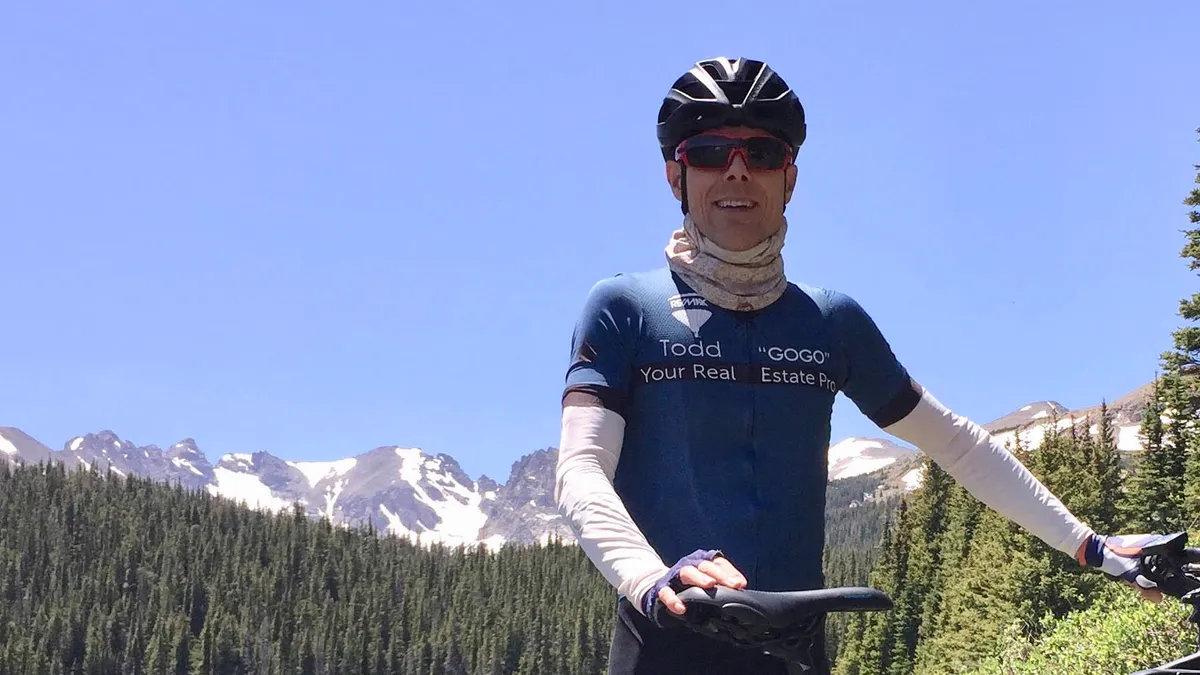
"The sun covers are easy and don’t really feel hot, but the neck gaiter can be brutal on a climb! Thankfully I live in Boulder, Colorado where the humidity is very low.
"I also use some bad-ass sunblock on my face: it’s a physical block, not a chemical one, which doesn’t run into my eyes and doesn’t seem to sweat off. It’s called CōTZ and it’s lightly tinted so I don’t look like I’m wearing much of everything, but it does have to be scrubbed off every night!”
Increasing numbers of brands are producing kit that offers a degree of sun protection and lightweight protective cover-ups that won’t see you cooking on the bike.
And as Gogulski mentioned, you can also add a neck gaiter and a peaked cycling cap to shade your neck and face. The resulting look can be interesting, but it certainly beats the alternative.
“My friend Ben calls my riding kit my Lawrence of Arabia look.”
Products to protect you from the sun when cycling
With increased concern about sun protection, we've rounded up a number of products that will help you stay protected when you're out on the bike.
Castelli UPF 50+ light arm skins
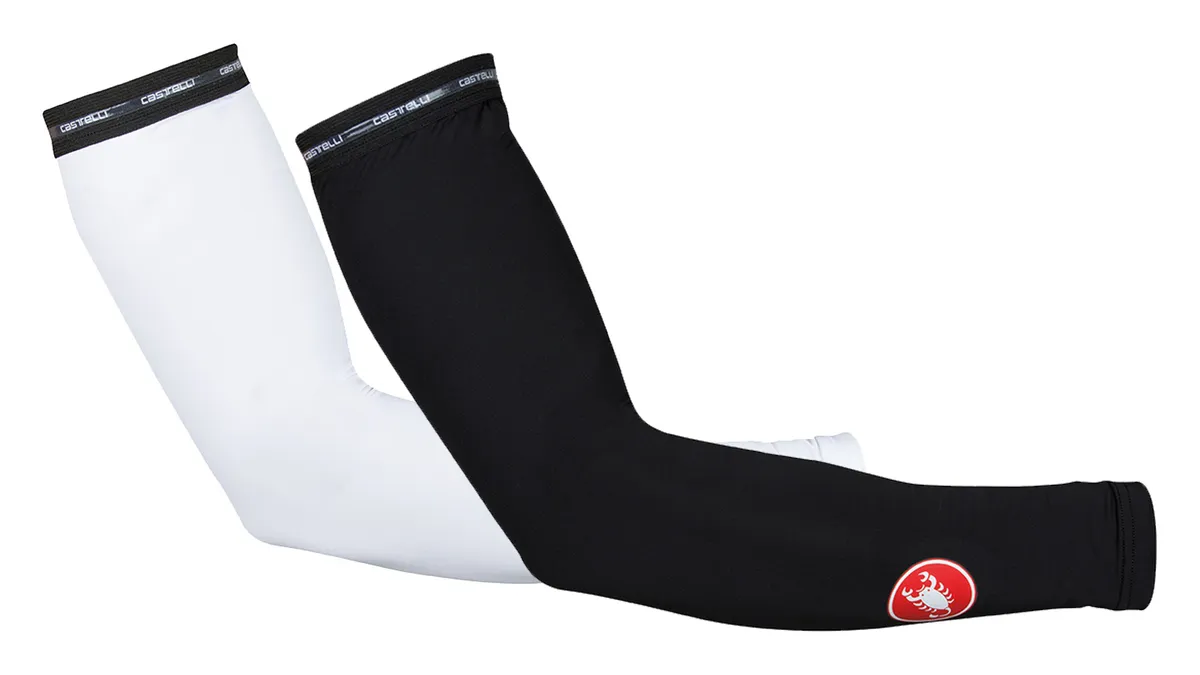
Lightweight arm warmers provide protection from the sun for one of the most exposed areas of the body when riding.
- £25 / $39.99
Machines for Freedom Summerweight long-sleeved jersey and arm sleeves
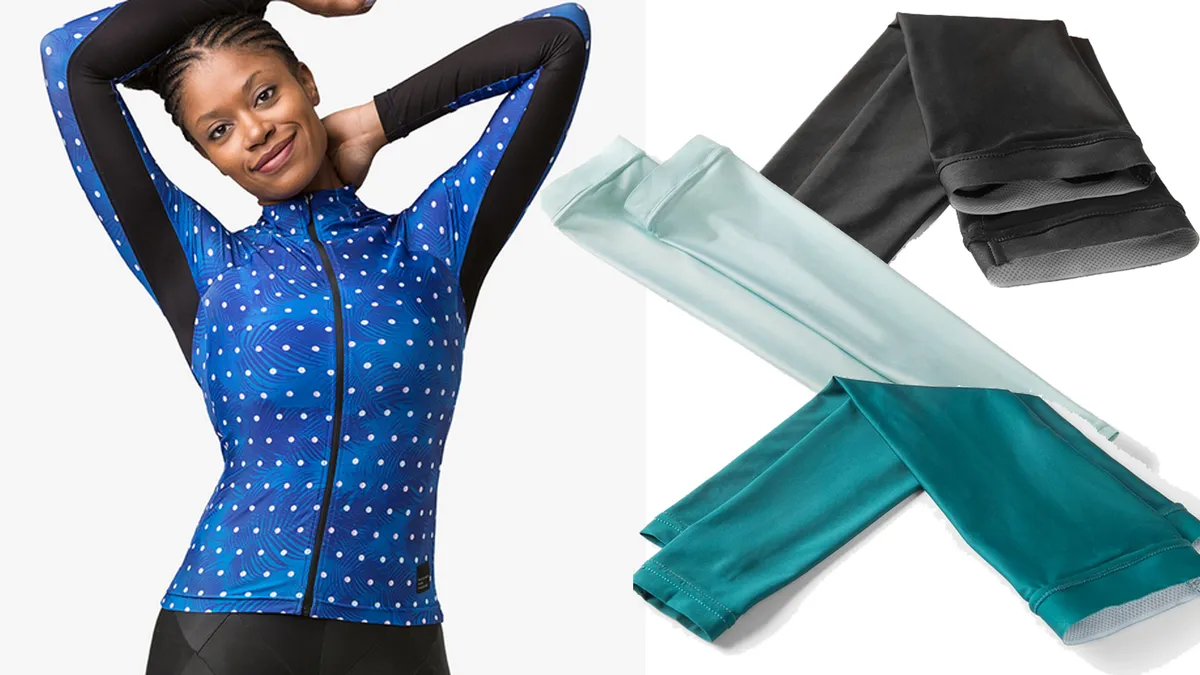
Both the lightweight jersey and the plain arm sleeves have a rating of UPF 50. The jersey is available in sizes XXS to XL.
- Summerweight jersey: $168
- Summerweight arm sleeves: $45
Specialized RBX Pro Shorts and Jersey
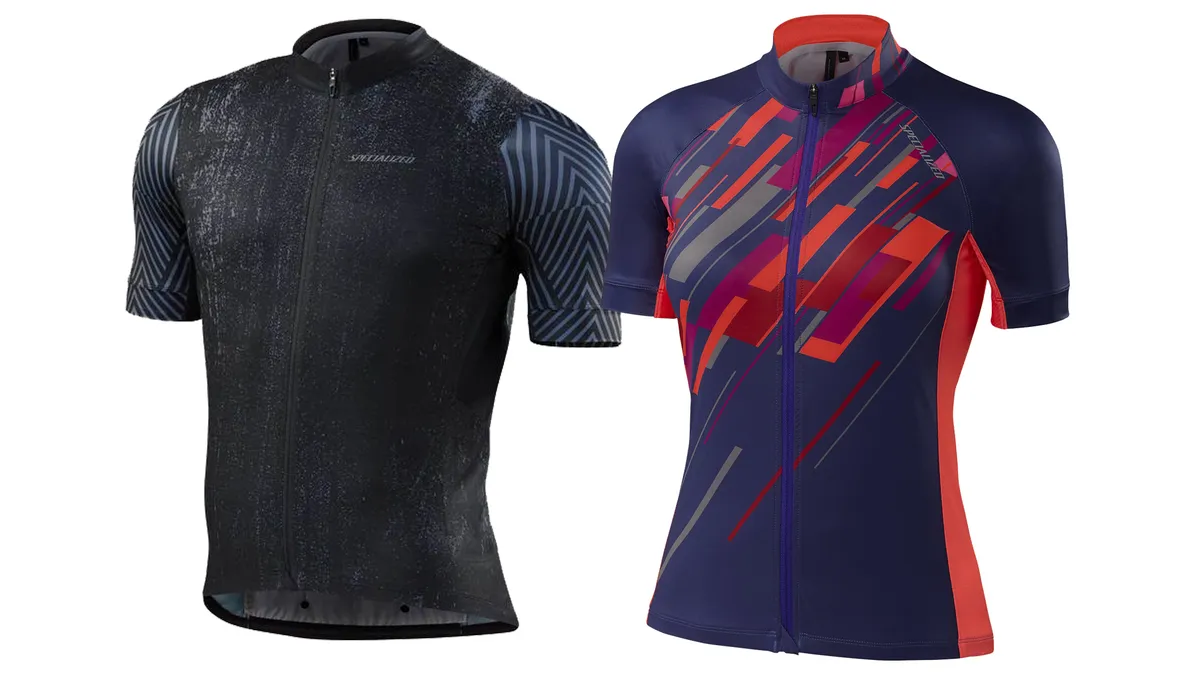
Both jersey and shorts, available in men's and women's fits, use Deflect UV 50+ fabric which has a claimed UPF of over 50.
- Women's RBX Pro Jersey: £80 / $150
- Men's RBX Pro Jersey: £115 / $150 / AU$200
- Men's RBX Pro Shorts: £130 / $180
Cōtz Face Natural Tinted SPF40
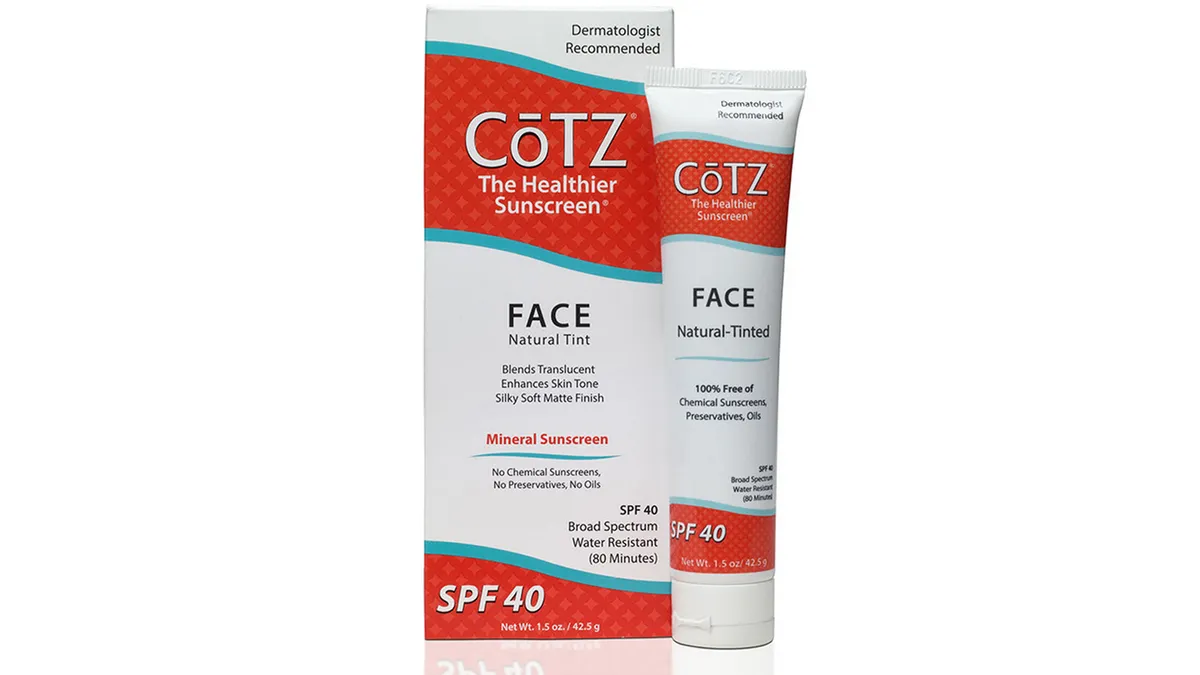
Non-greasy sunscreen from the brand used by Todd Gogulski. The range includes tinted screens, high SPF blocks and more.
- From $23.99
MucOff Athlete Performance Moisturiser with SPF 15
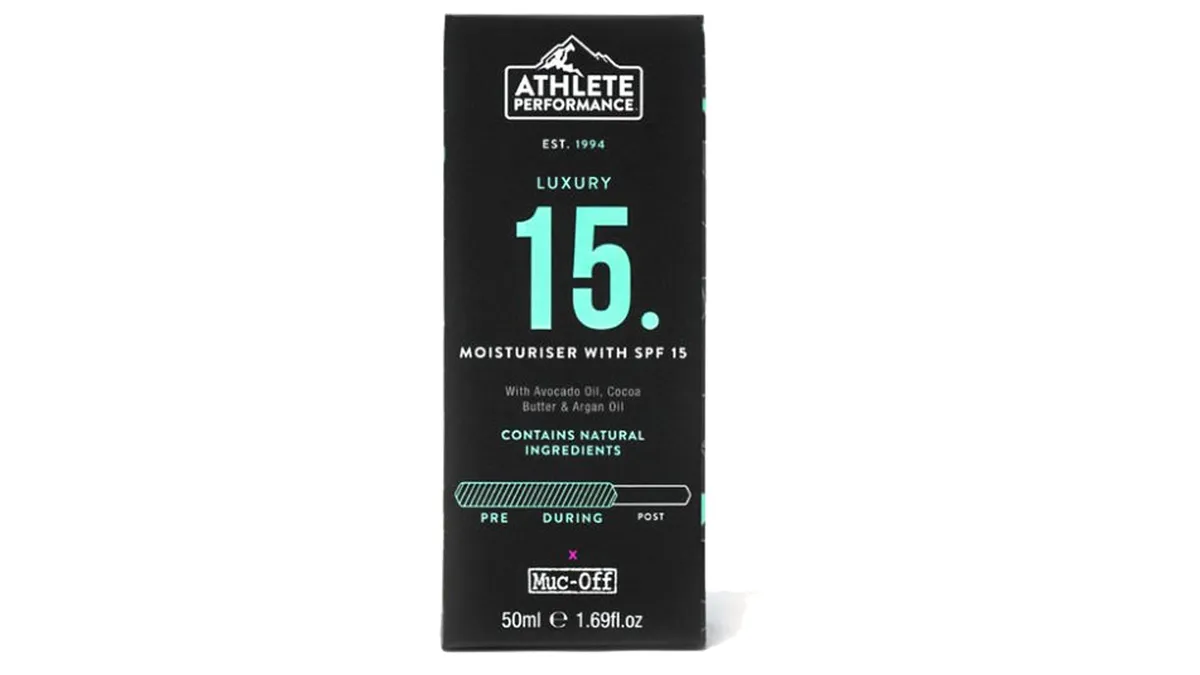
While this isn't ideal to be used in place of sunscreen, it will give you some protection, so it's perfect for year-round use.
- £19.99
You'll also need to protect your eyes, so check our list of the best sunglasses for cycling.
Last updated 29 July 2018. Original post 24 July 2017
